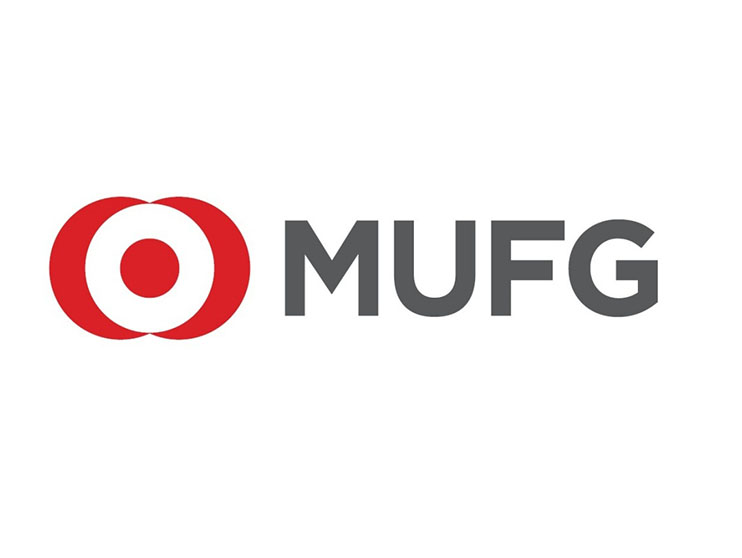News - News In Brief
MUFG Expects 2021 Recovery in the MENA Region
July 22, 2020
.jpg) Advertisement
AdvertisementAn MUFG MENA Economic roundtable suggested that the COVID-19 pandemic, combined with the oil price shock of the first half of 2020, will have a long-term impact on the MENA region as it deals with shaping its ‘New Normal’. However, there is room for hope, tempered with caution, according to the financial group.
Ehsan Khoman, Head of MENA Research and Strategy at MUFG and author of the MENA Economic report discussed during the roundtable, said that “policymakers in the Middle East and North Africa are well aware that they will have to do more,” and confirmed his belief that fiscal stimulus will keep playing a significant role in the recovery.
“In a region where unemployment and debt are expected to be materially higher over the next two years, fiscal policy for the labour market will need to become more flexible and targeted towards lower-income households which have borne the brunt of the job losses. It should also be geared towards reskilling workers who will have to seek new jobs to replace the ones that will disappear”, he explained, adding that “higher infrastructure spending will also likely form a major part of the fiscal support in the medium-term.”
The initial policy response across the region was led by Central Banks, focusing on liquidity in the financial system alongside direct corporate support, minimising the economic fallout. To facilitate financing, the UAE launched a US$70 billion Targeted Economic Support Scheme (TESS), which paired with the US$26 billion stimulus provided by the Saudi Arabian Monetary Authority (SAMA). These initiatives led to a sharp rise in lending growth, suggesting that the authorities' efforts to offset the economic fallout of the virus shocks are bearing fruit.
Regardless, MUFG’s forecasts indicate that by the end of 2021, the region will have a level of activity that is well below its pre-pandemic growth trajectory and, in many cases, will still record activity below its 2019 level, with deep recessions expected in 2020 across almost all MENA regional economies. The overall real GDP growth in MENA region is expected to contract in 2020 by -5.6% from +0.2% in 2019. In the GCC, the real GDP growth is expected to fall by -3.9% in 2020 from +0.6% in 2019.
Lockdowns and social distancing measures imposed in response to the pandemic have been far reaching and long, but they continue to ease across the MENA region as authorities attempt to strike the delicate balance between limiting further damage to their economies, weighed against health risks. As a result, regional governments are cautiously re-opening their economies, but until the pandemic is contained globally, there are certain sectors of the economy that will be slow to recover, such as travel and tourism.History suggests that many consumers will also be reluctant to return to pre-pandemic spending.
As the domestic economies normalise, growth should gradually recover, bolstered by a pick-up in oil output as OPEC+ production restrictions ease.
Ehsan Khoman said: “MENA oil exporters have proven effective in using their large accumulation of wealth in recent decades to offset the impact of lower oil receipts, drawing down savings, and leveraging their balance sheet to retain access to international credit markets. Coupled with easing liquidity constraints, this has allowed these oil exporters to comfortably fund large budget shortfalls, notably in Saudi Arabia, Kuwait and the UAE, without building pressures on their currencies or on local rates. We expect this to continue, and see no meaningful threat to fiscal stability, or to the maintenance of the US dollar (USD) peg FX regime.”
He concluded: “The MENA exporters, which comprise more than 80% of regional GDP, have faced simultaneous shocks to both the demand and the supply side due to COVID-19 induced lower consumption, lower oil prices, and oil production curbs. The combination signals an acute recession in 2020. However, our confidence in these economies’ capacity to weather the losses has strengthened recently. Demand has recovered and the oil market management strategy by OPEC+ was successful in supporting oil prices, leading to recording the best quarter since 1990 in Q2 2020 (US WTI crude). The price rebound has been striking and the market has carved out a cyclical bottom in prices (Brent ~USD35/b; WTI ~USD30/b).”



.jpg)










